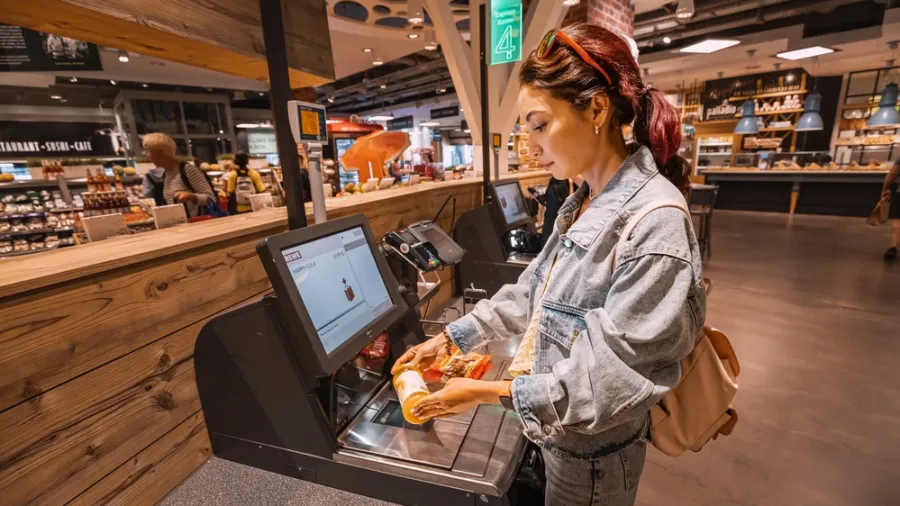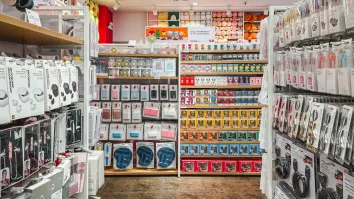
More Southeast Asian retailers eye self-checkout
Young customers and high smartphone penetration are driving the trend.
More retailers in Southeast Asia are investing in self-checkout counters to streamline operations, a trend that is driven by young consumers who demand faster and more autonomous shopping, apart from labor shortages and rising wage concerns.
About six in 10 consumers are more likely to shop at stores with self-checkout stations because they make shopping more convenient, especially for small purchases, Sun Jo Ling, senior trend analyst at consumer research firm GWI, told Retail Asia, citing an internal study.
The demand is particularly strong in Southeast Asia, where consumers are 35% more likely than the global average to prefer a more immersive shopping experience. The trend is largely driven by the region’s younger customers and high smartphone penetration, she pointed out.
On the other hand, major retailers in the US were backtracking on their self-checkout service, with Five Below and Dollar General moving back to human cashiers due to long-running industry concerns about lost inventory, NBC News reported in July 2024.
Sun said more than a third of Asia-Pacific consumers are interested in faster checkout solutions, whilst more than a quarter seek technology that provides better product information. Beyond self-service checkouts, retailers are also leveraging artificial intelligence (AI) and data analytics to enhance the shopping experience.
“A truly frictionless shopping experience seamlessly integrates digital and physical channels, offering personalised services and efficient fulfillment options through,” Jane Cheung, global research leader at IBM Institute for Business Value, told Retail Asia.
AI-driven technologies like real-time inventory management and virtual assistants let retailers better serve customers by ensuring stock levels are accurate and providing tailored recommendations, she said.
More than half of the world’s consumers are interested in AI-driven shopping enhancements, with 55% keen on virtual assistants and 59% open to AI applications, Cheung said, citing an IBM study last year. Retailers, in turn, are expected to allot 3.32% of their revenue to AI this year.
“Consumers who favor self-service checkouts are more likely to engage with digital touchpoints, highlighting the interplay between online and offline retail experiences,” Sun said.
She noted that technology adoption is not a significant barrier, with 70% of consumers finding self-checkout easy to use. The challenge lies in the perception that older customers are more likely to stick with traditional retail service.
Autonomous shopping also depends on cultural factors. Sun cited a stark contrast in preferences across the Asia-Pacific region. In markets like Japan and Hong Kong, more than half of consumers prefer in-store shopping, reflecting the region’s deep-rooted retail culture.
In China and South Korea, online shopping is far more dominant, with seven in 10 consumers favoring the convenience of mobile commerce and digital payment systems.
Cheung said 76% of Japanese consumers mostly shop in physical stores compared with 52% of South Koreans, so retailers should develop both digital and physical channels.
In physical stores, technology can enhance rather than replace human interaction. Tools like mobile apps for self-checkout and real-time assistance could streamline operations, whilst letting staff focus on personalised customer service, she added.
Chung expects frictionless shopping to evolve as retailers deepen their AI investments. “Retailers investing in these technologies will be better positioned to meet evolving consumer expectations and differentiate themselves in a competitive market.”



















 Advertise
Advertise








